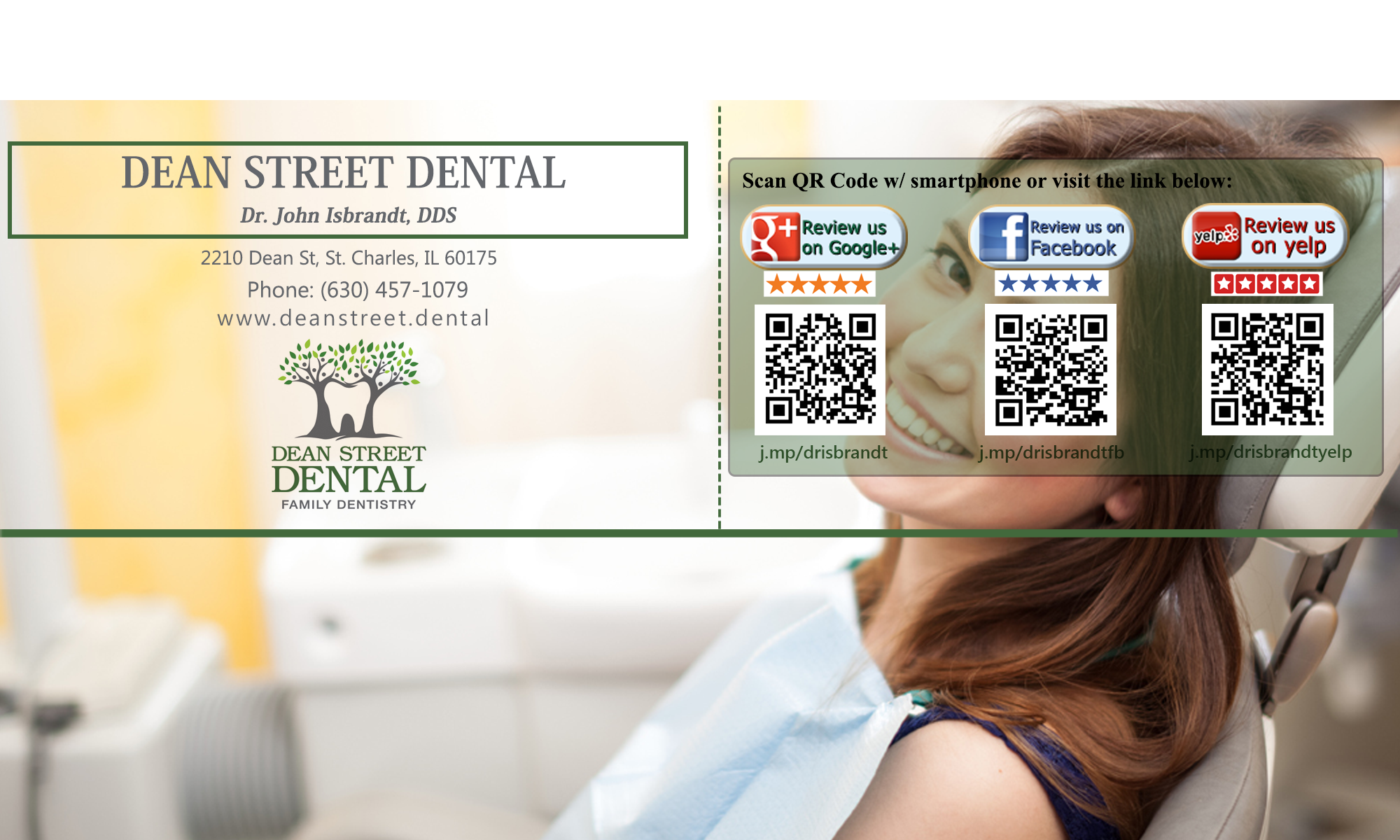While many people see dentists as the single group of people who look after the health of your teeth and mouth, there are various specialist categories that help you in different ways.
The categorization of a dentist will depend on their education, training and experience.
Here are some of the main specialist areas of dentistry:
Endodontics: Concerned with the dental pulp – the part in the center of a tooth made up of living soft tissue and cells and root canal therapy
Oral and Maxillofacial Pathology: This deals with the identification, and management of diseases affecting the oral and maxillofacial regions
Oral and Maxillofacial Radiology: Deals with the production and interpretation of images and data produced by radiant energy that are used for the diagnosis and management of diseases, disorders and conditions of the oral and maxillofacial region
Oral and Maxillofacial Surgery: Diagnosis and surgical treatment of diseases, injuries and defects of the tissues including extractions, facial surgery and implants
Orthodontics and Dentofacial Orthopaedics: Mainly deals with diagnosis, prevention and treatment of misaligned teeth and modification of midface and mandibular growth
Pediatric Dentistry: Provides preventive and therapeutic oral health care for infants and children through adolescence.
Periodontics: Prevention, diagnosis and treatment of diseases of the supporting and surrounding tissues of the teeth and the maintenance of the health, function and esthetics of these structures and tissues. Most periodonitist place implants
Prosthodontics: Diagnosis, treatment planning, rehabilitation and maintenance associated with missing or deficient teeth and/or oral and maxillofacial tissues. Includes dentures, bridges and the restoration of implants.
Plus, of course, general dentists provide everyday care and many specialist services to maintain your oral health.
